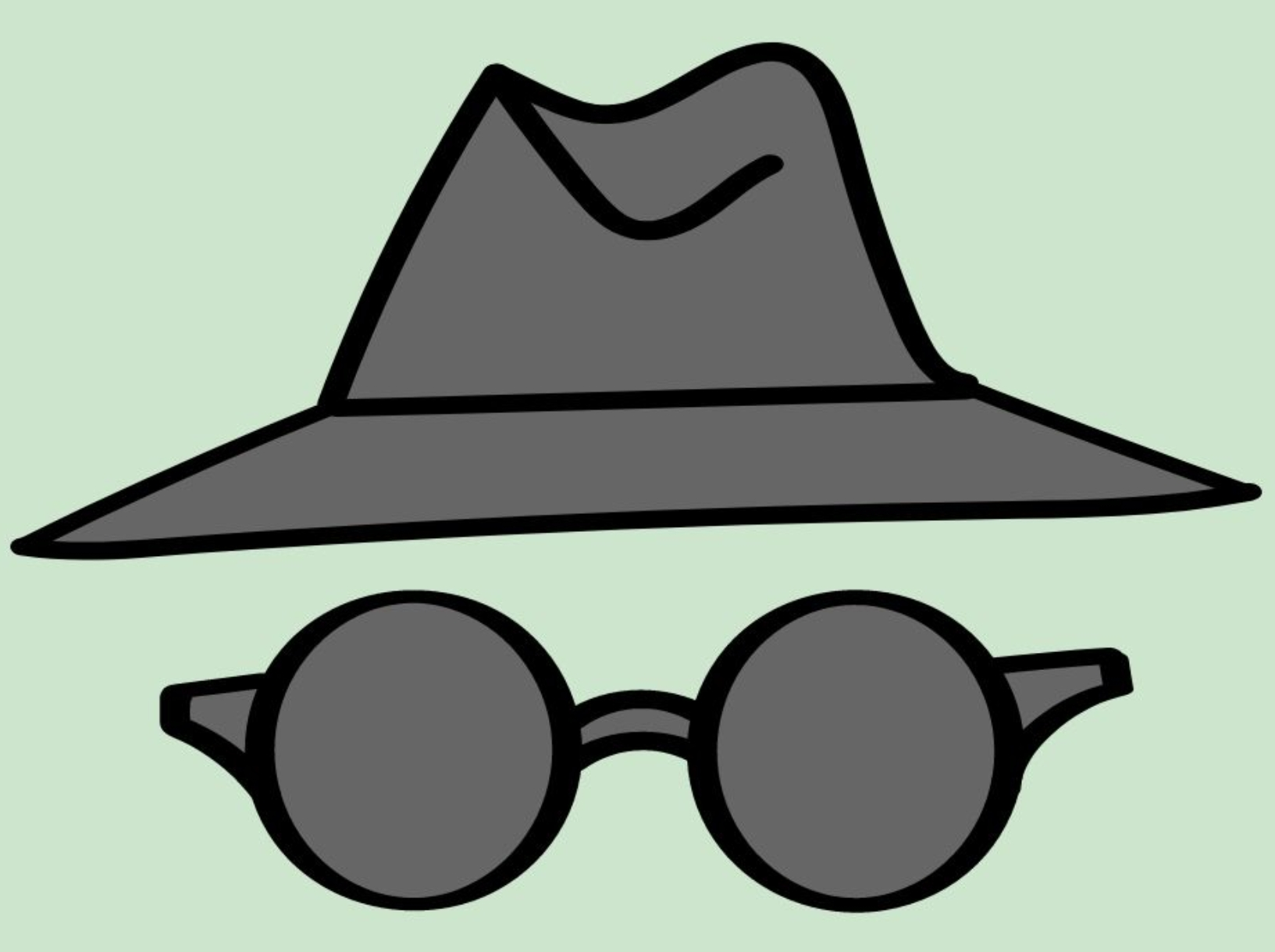I was putting up some wall decorations earlier today and was painstakingly realigning everything until it looked level to my eyes. It might be just a hair off, but if I don’t correct it, I’ll see the misalignment almost instantly and get bothered for the rest of time until I fix it. Has anyone investigated, or is there literature on the minimum perceptible angle from level to the naked eye?
The earth was flat for quite a while so not very
depends HEAVILY on the eye. some folks are really good at eyeballing shit. usually this goes hand in hand with other “visual calculus” skills like telling whether two things are the same size or determining angles at a glance.
reckon it’s just spatial reasoning + visualization + practice. i had an uncle who could look at a mechanical system and tell you exactly where all the wear would occur. i always thought it was some kind of savant trick until i started working on similar stuff.
the brain is just another muscle, you can train it to so all sorts of really amazing things!
I can’t find anything at all regarding discussion, study or opinions on the question but I can tell you that it depends on the person and most likely, they’re experience in working at leveling/setting plumb.
Having used levels(spirit, laser, etc.) for decades, I can set an object like a stud, header or a picture for my wife and often don’t need to move it after checking with a level but my wife will often notice that a group of items aren’t leveled the same on a wall but she won’t be sure which one is off. There will usually be a few adjustments to all of them before she’s happy.
I recall a carnival-type installation, were a whole house was built at an angle, and at the end of it they had a water spigot they turned on, and the water flowed “uphill” (to the human eye).
I’ve been to one of these! There was a hill within the house that is way steeper than it looks and it was super freaky and disorienting. Just being in that place gave me motion sickness
I once hung a TV level to Earth’s gravity. And then I found out that the floor and ceiling weren’t level, so the TV looked crooked anyways.
It depends on the distance to object. Also the distance between the object and something to compare it to.
If everything else is wonky then “level” looks wrong.
Your house isn’t level. Nobody’s is. Get it to look right and that’ll be good enough
Hmmmmmmmmmmm. This begs the question, what even is true level?
I’ll go you one further: WHY Even is true level?
Still only glancing off of the root of the issue: Has Anyone Really Been Far Even as Decided to Use Even Go Want to do Look More Like?
I feel like I’m missing a reference here, but are you ok?
Perpendicular to the normal vector to the center of the local gravity well
But, oddly, it’s not. How square it is with the walls is more important. Door and window frames, too, and those are more likely to be a touch off.
I was defining true level. Squaring with the room is inherently different, and absolutely more important for decor such as wall art. In contrast, hanging drapes to be level to a slanted ceiling can result in a loss of functionality.
You’re right. Especially with the drapes: if the ceiling isn’t level, it’s a no-win situation. It’s either going to look distracting, or function poorly.
Yeah- Square and level are two different things. I can get a cube and rotate it any way, opposite faces will still be square to each other (technically parallel) despite not being level.
Interestingly, two perfectly vertical walls cannot be square to each other.
What do you mean re: the walls?
The Earth is curved.
At least, I assume that’s what they meant.
Oh, you’re one of those round-Earth nutjobs?
That’s actually a pretty good question.
With no exact answer, I do think this will at least in part depend on relative comparison to how exactly level your floor/ceiling/counter/table or other frame of reference is, which itself might not be perfect.
Side note, basically every smart phone out there has orientation sensors, so it should be just as easy as downloading a Bubble Level app from the app store.
Side note, basically every smart phone out there has orientation sensors, so it should be just as easy as downloading a Bubble Level app from the app store.
not when almost every phone has a camera bump, volume rockers and a power button.
i.e. no long flat sides, that still allow you to see the screen.
You do have a point, but most phones have one edge that doesn’t have any buttons, and most people have their phone in a case, which assuming it’s a proper fitting case, usually cancels out that camera bump issue and makes it sit properly flat on a table.
I haven’t Bad a case which sisn’t mirror the camera bump in a long while unfortunately
Did your keyboard have a stroke? Haha, I more or less get you though.
Since the imperfections of your room may make what looks level not perfectly level, I say don’t use a spirit level. You want it to look right.
According to almost every photo I take, about 3 degrees off.
Pretty sure this is a psychophysics question, though I don’t know that field well enough to know what’s there.
I think it depends on 1) the person and 2) the context and 3) the desired precision. I would use an actual level to test against my intuition before I’d have confidence in it.
I believe the vestibular system does this for us. It’s basically a little level in our ears.
Do you ever use a level to actually know it’s misaligned or do you just presume you immediately see all the misalignments?
I don’t know too much about this area, but I do know that this kind of task involves a bunch of complex processing in the brain. The more “Mechanical” aspects of vision could be described as visual acuity (sharpness of vision). However, gauging whether something is wonky would be a visual discrimination task, which involves more work by the brain. It’s an area in which one’s skill can be improved through learning, and some occupations have a lower discrimination threshold (I e. They can detect smaller differences).











